Essential oils that are high in pinene come from pines and eucalypt trees, some citrus such as wild orange and lemon, and aromatic plants including rosemary, parsley, and hops. Fir, frankincense, hyssop and juniper essential oils all contain alpha-pinene, which gives them an earthy, pine-like smell.
What would you say if I told you that the unquestionable pleasure of breathing in the fresh fragrance of an evergreen forest has a scientific explanation? How would you feel if I said that the uplifting scent of pine trees in December is triggering more than just your Christmas spirit? The thing is, there’s a compound widely found in nature that’s responsible for not only this familiar scent, but also for boosting our well-being – and it’s called pinene.
In this article, I introduce you to pinene and its many benefits and applications. I also show you the essential oils that contain pinene and the benefits from each one (after all – they aren’t all the same!).
What is pinene?
Pinene is one of many chemical compounds made by plants in their essential oils. In fact, it’s the most abundant terpene on our planet, famous for its strong smell and diverse bioactive effects on us – human beings!
One of the most interesting qualities of pinene is that you simply need to walk into an evergreen forest to be exposed to its advantages.
As a liquid, pinene is colorless and oily, and it actually comes in two different structures: alpha-pinene and beta-pinene. They are similar in many ways, but have very different smells:
– alpha-pinene is fresh and earthy like pine trees or rosemary,
– beta-pinene is woody and spicy like dill or hops.
Alpha-pinene is the popular twin in the pinene family because of its familiar smell, its strong medicinal properties and its abundance in the natural world. But they often occur together and are both found to be effective fungicidal, antiviral, antimicrobial, anti-inflammatory, antidepressant, antiseptic, antioxidant and bronchodilator agents.
Both forms of pinene are regularly researched because of their positive effects on our body’s neurochemical balance, increasing mental alertness and enhancing overall cognition and memory by improving blood flow to the brain.
Pinene is even included in many types of renal and hepatic drugs (kidney and liver drugs), and studied for their potential in treating cancer, Alzheimer’s disease, epilepsy, arthritis, Multiple Sclerosis, dementia, and other conditions. Pinene is generally considered outstandingly safe for human consumption, inhalation and topical application, although there are cases of slight dermal (skin) or respiratory irritation upon exposure.
Essential oils high in pinene
Virtually all essential oils contain terpenes, but not all of them contain pinene.
Although, pinene can actually be found in several of the most well-known essential oils. Their refreshing and soothing scents also make alpha and beta-pinene great additions to fragrances, household products, food flavorings, and cleaning products.
Aromatherapy, one of the main purposes of essential oils, also takes advantage of the properties of pinene, naturally distilled from several plant resins. Here are the essential oils that contain pinene – my favorites are fir and nutmeg!
Camphor essential oil
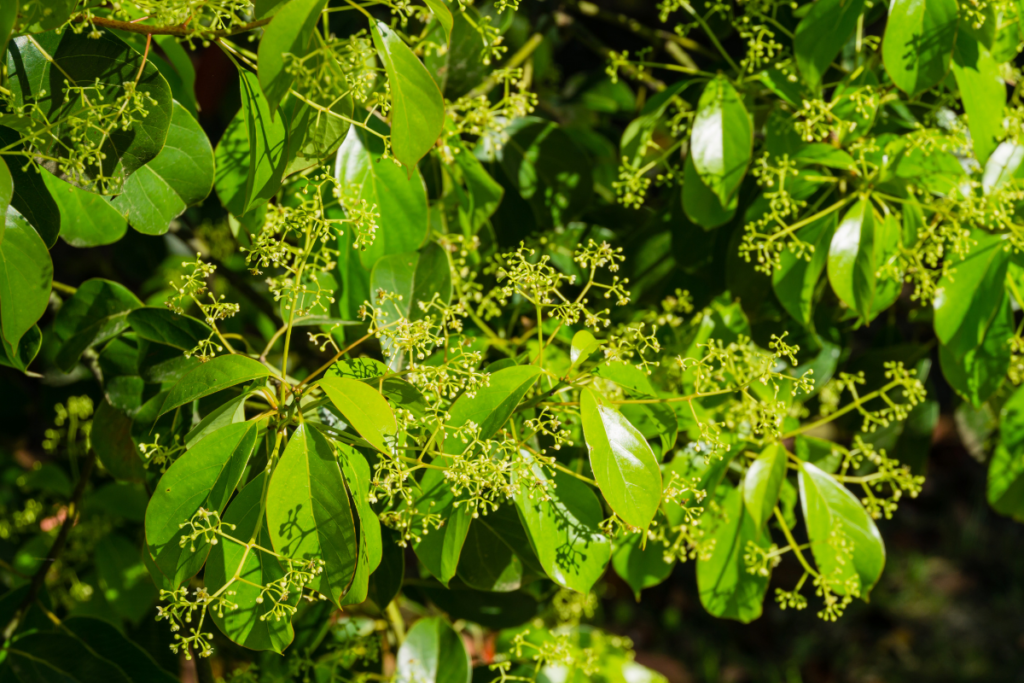
Rich in alpha-pinene, camphor essential oil is extracted from the bark and woods of the Camphor tree native to Japan and Taiwan. Known for its piercing scent, its strong vapors have been used for centuries in Chinese and Indian traditional medicines, believed to have healing effects on the mind and body.
There are four types of camphor oil: White, Yellow, Brown and Blue. Only white camphor oil is safe for therapeutic applications, under medical supervision, in minimal amounts and with the exception of pregnant or nursing women.
Used medicinally, it is said to stimulate and boost circulation, digestion, excretion metabolism and secretions. It is effective in reducing physical pain, anxiety, convulsions and spasms. Camphor oil is also a powerful decongestant.
Eucalyptus essential oil
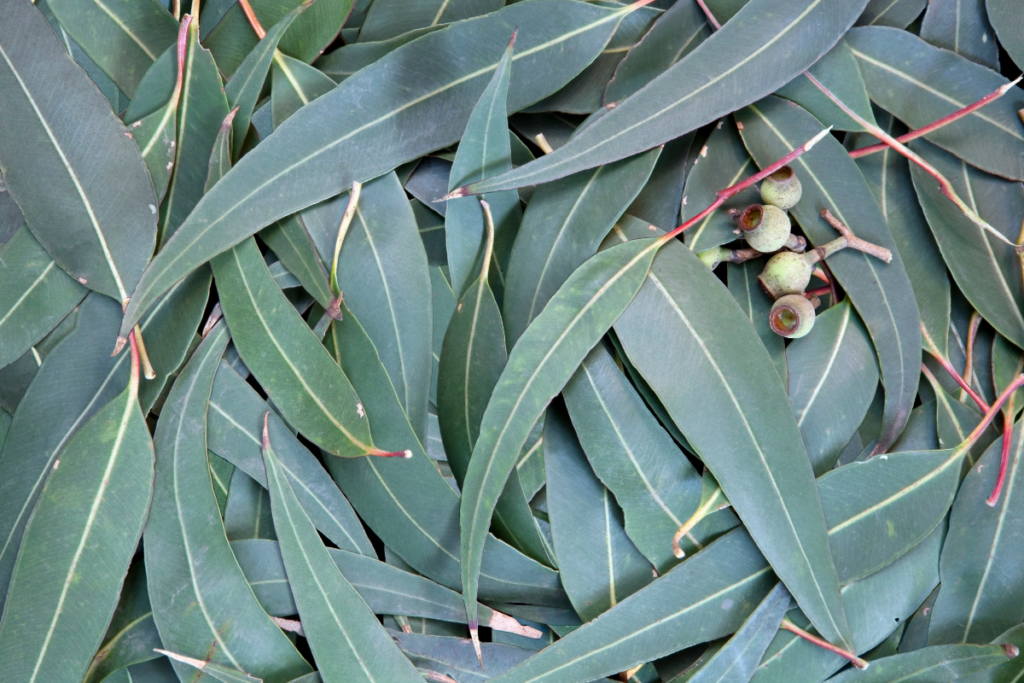
With high levels of alpha and beta pinene, eucalyptus essential oil is widely used to support the respiratory system and soothe physical discomforts thanks to its anti-inflammatory, antispasmodic, decongestant and antiseptic qualities.
The tree is native to Australia but has spread across the world and earned its nickname of ‘Fever Tree’, because its leaves, from which the oil is extracted, were used by the original people to heal wounds and treat body pains, colds, sinus congestions and fevers.
Used topically, it should be diluted with a carrier oil. When inhaled, eyes should be closed to avoid irritation according to the literature. It should never be ingested at its full strength and without medical supervision.
Fir essential oil
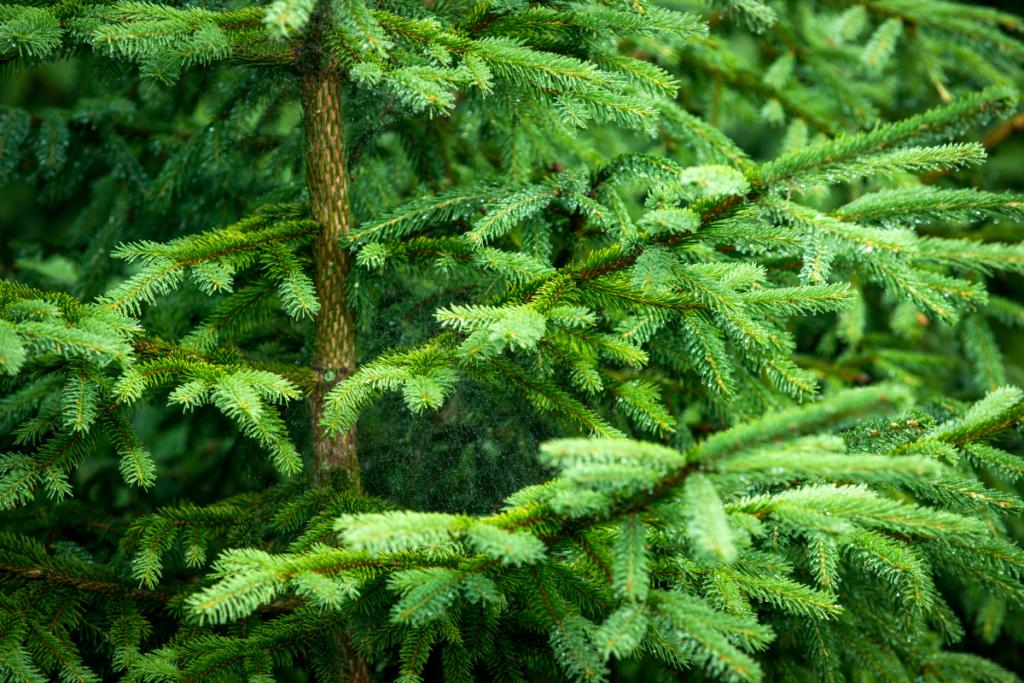
The fir tree, an evergreen coniferous from the Pinaceae (aka Pine) family, may have been the first Christmas tree used in the 16th century. Its essential oil is extracted from the soft, flat needles where most active compounds, such as alpha pinene, are found.
Fir essential oil is predominantly used externally to fight infections or as an analgesic, always diluted in a carrier agent, diffused or inhaled to relieve respiratory issues caused by the common cold and flu.
Under the right conditions and medical supervision, it has even been used internally but only in a pure, organic, and therapeutic grade, and from a reliable producer.
Frankincense essential oil
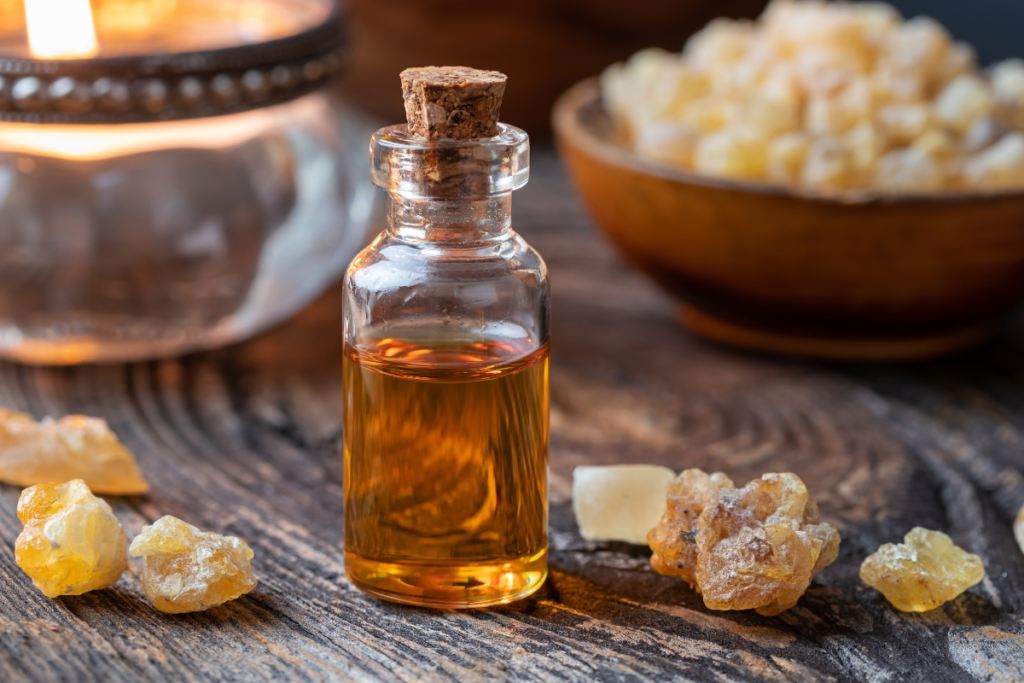
The versatility of frankincense essential oil, either when diffused, used in a massage, a bath or in cosmetics, granted it the nickname ‘The King of Oils’.
This famous oil is effective in the treatment of several health conditions that affect the respiratory, digestive and immune systems, emotional issues such as anxiety, stress, depression and even insomnia, while also supporting skin health and regeneration.
Sourced from leaves, stems or roots of trees from the genus Boswellia native to Somalia, India and Pakistan, it’s rich in alpha pinene especially when extracted from the species Boswellia carterii.
Helichrysum essential oil
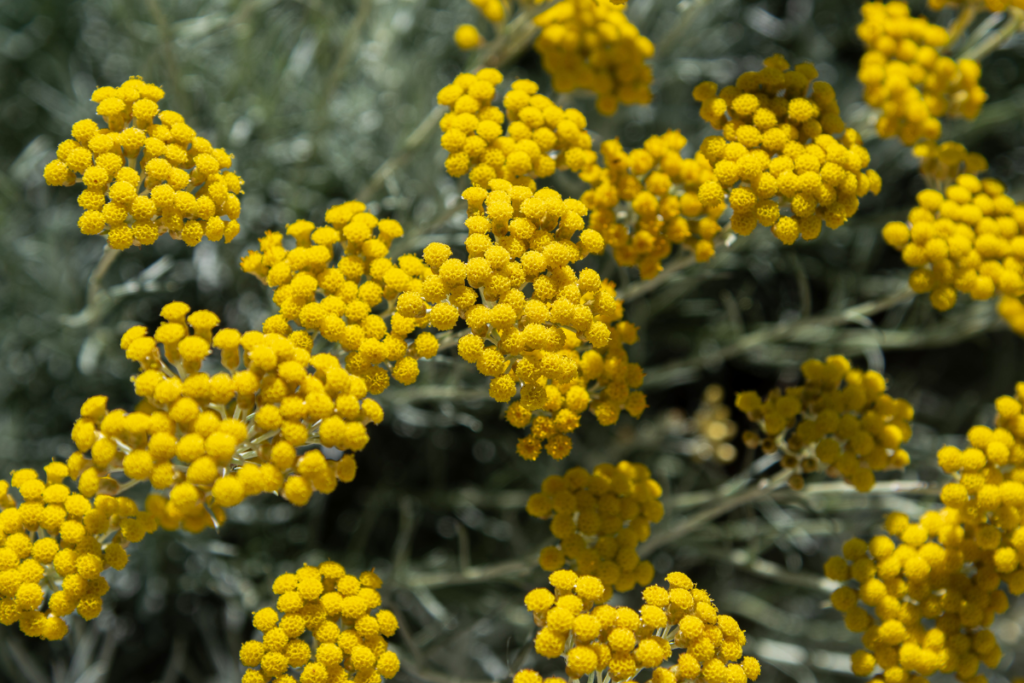
While the Helichrysum italicum plant is called ‘The Curry Plant’ due to the strong smell of its leaves, it should not be confused with the curry leaf (Murraya koenigii) native to India and widely used in their cuisine.
As opposed to the culinary fame of the curry tree, Helichrysum is well-known for the medicinal oil extracted from its flowers, used for thousands of years in Italian, Spanish, Turkish and Portuguese folk medicine.
Helichrysum essential oil, contains alpha pinene, and is an anti-inflammatory, antioxidant, antibacterial and antifungal agent widely used to treat wounds, infections, digestive problems, respiratory conditions as well as supporting the nervous system and heart health. It can be used externally or internally, as long as it is 100 percent pure and therapeutic grade from a reliable source and under medical supervision.
Hyssop essential oil
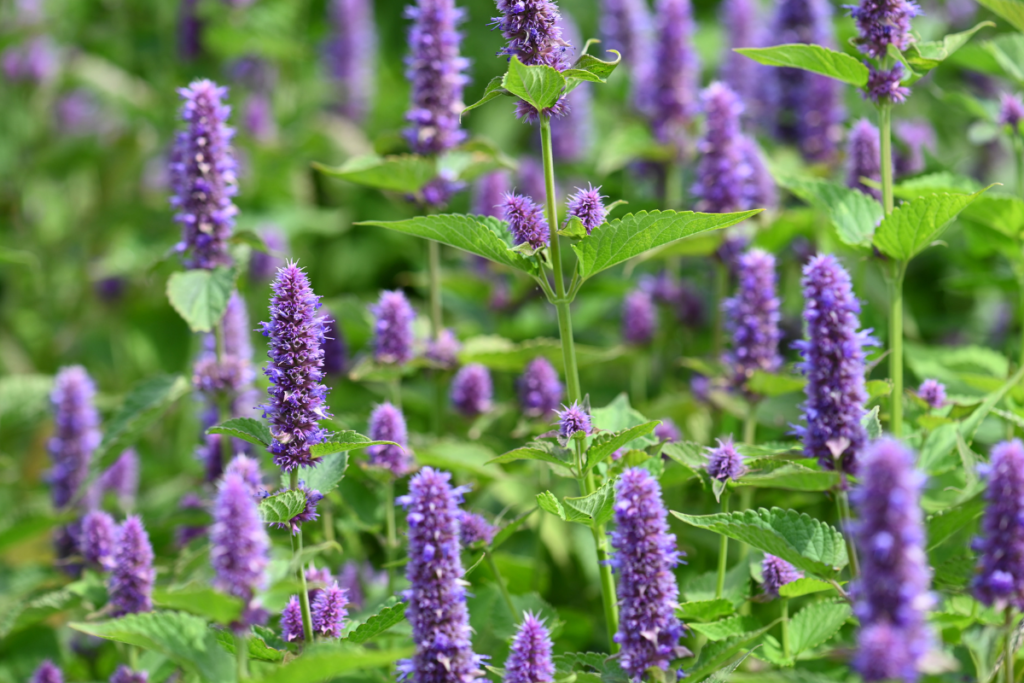
Hyssop essential oil is extracted from a herbaceous flowering shrub that grows in southern Europe, the Middle East and around the Caspian Sea.
Its name literally translates to ‘Holy Herb’, and it has a thousand year old reputation for having spiritual and medicinal properties.
Today, it is used in the treatment of digestive, intestinal and respiratory conditions. One of its main components is beta pinene. Only a 100 percent pure, organic and therapeutic grade oil can be used internally. For topical applications it needs to be diluted with a carrier oil.
Juniper essential oil
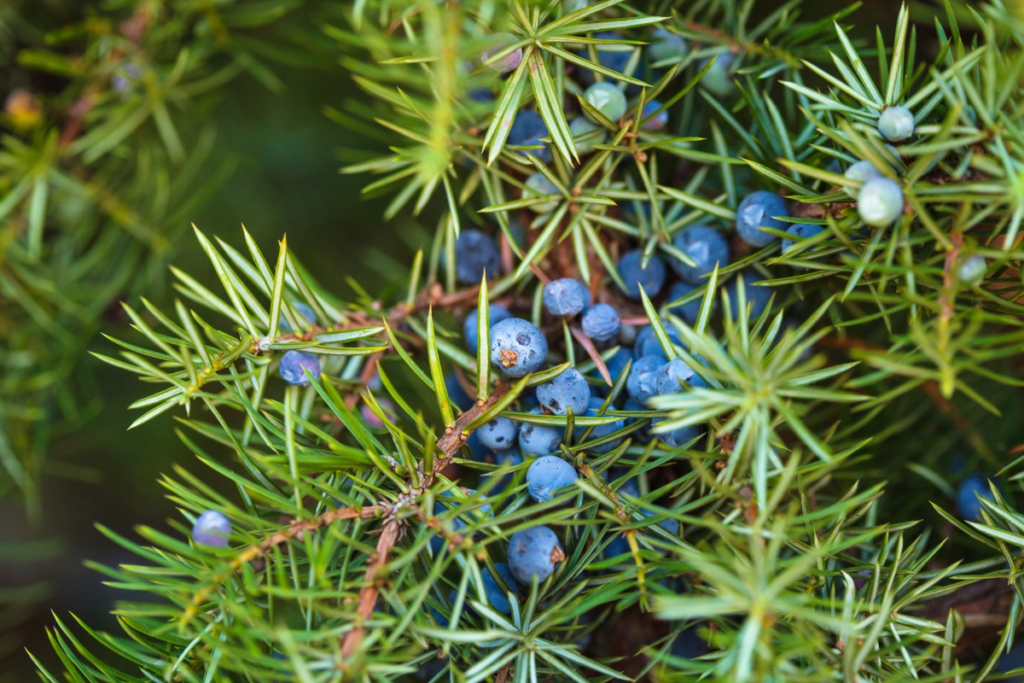
Extracted from the berries and needles of the Juniperus communis plant, juniper essential oil has alpha pinene as one of the main active components.
During the Medieval period, juniper berries were seen as protectors of emotional and physical health.
Now, the oil is used in natural remedies for sore throat and respiratory infections, skin irritations, fatigue, muscle aches and arthritis. It also supports the immune and digestive systems when used aromatically, topically or even internally, as long as it is pure, therapeutic grade.
Mace essential oil
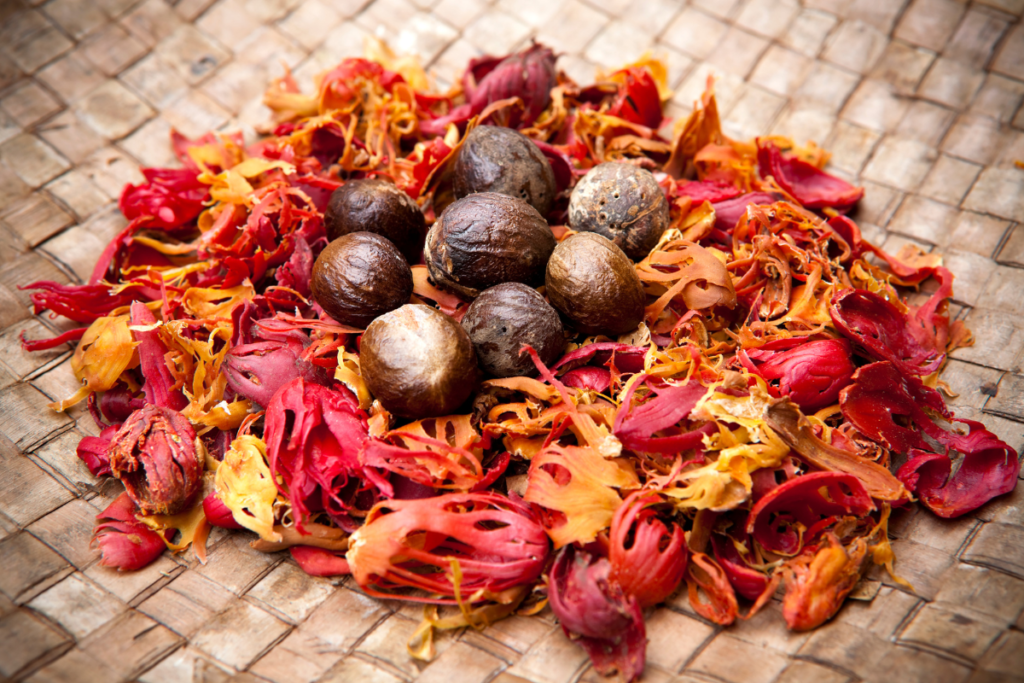
Mace is a spice obtained from drying the webbing enclosing the seed of Myristica fragrans, an evergreen tree native to Indonesia from whose dried kernel nutmeg is extracted.
This essential oil contains high levels of both alpha and beta pinene, and is widely used in Indonesian folk medicine for the treatment of arthritis and rheumatism, fatigue and anxiety. It is an analgesic, anti-inflammatory and antibacterial agent, effective in supporting the digestive and respiratory systems. Commonly used in foods, it is safe for internal use in small doses.
Nutmeg essential oil
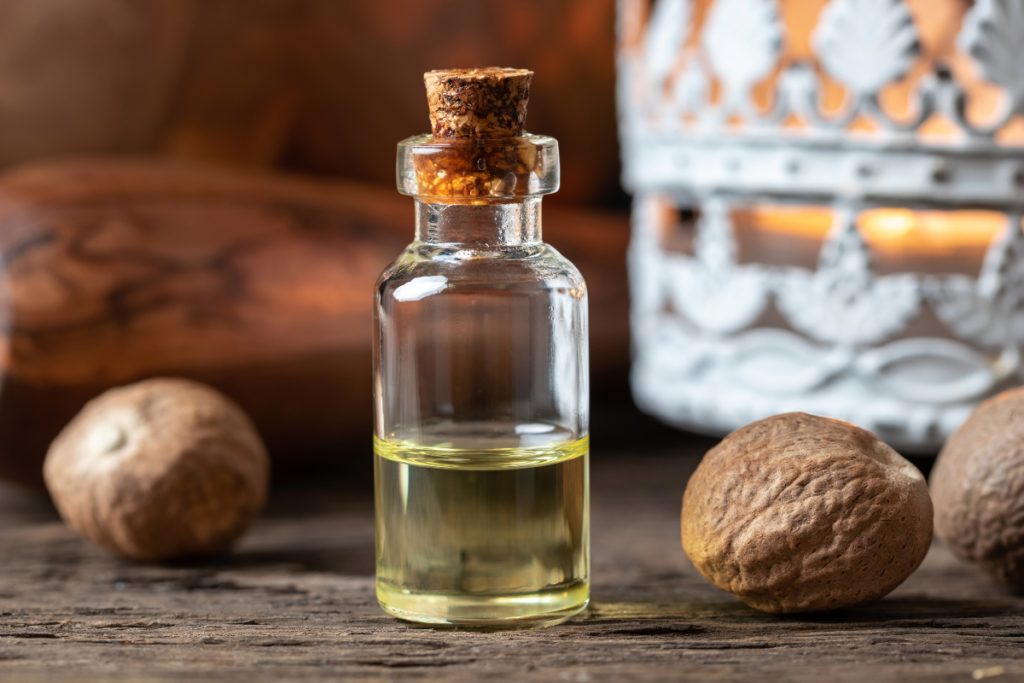
Nutmeg essential oil is extracted from the dried kernels of Myristica fragrans, also known as Nutmeg tree, from which mace oil is also obtained.
It’s said to have strong medicinal benefits, including positive effects on brain and heart health, digestion, insomnia, anxiety and inflammation.
While it contains alpha and beta pinene, its main constituent is myristicin, a psychoactive compound that can cause adverse side effects if consumed in high doses. Applied topically, inhaled or ingested, it should be used with moderation, under medical supervision, and diluted.
Sweet marjoram essential oil
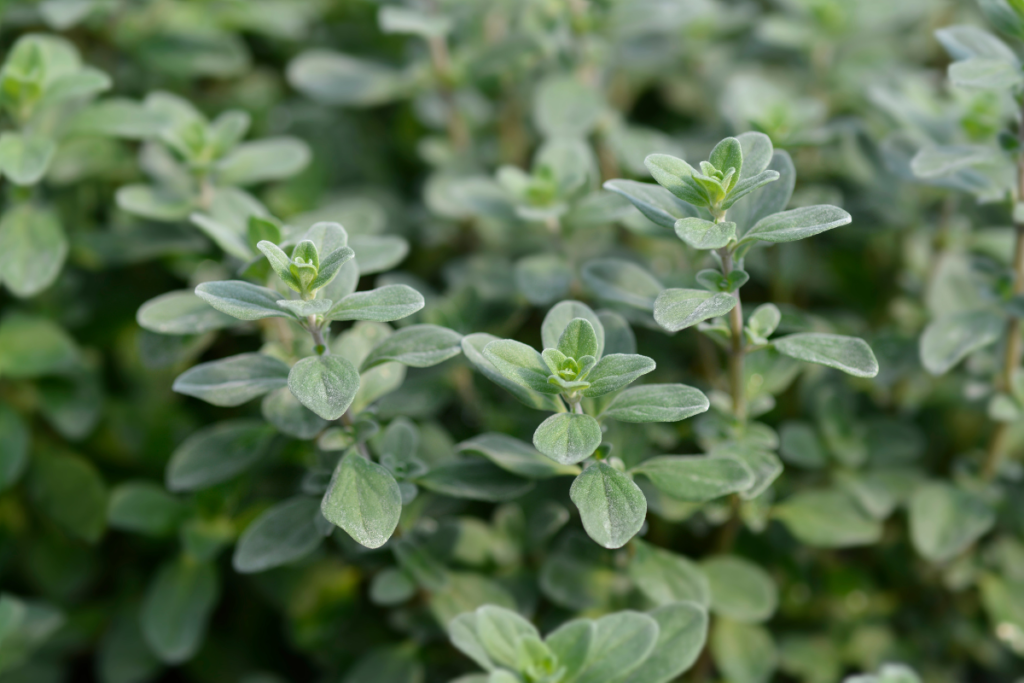
Origanum majorana L., commonly known as sweet marjoram, is native to the Mediterranean. Unlike oregano (which comes from the same genus of plants), it contains alpha and beta pinene as active components.
Sweet marjoram essential oil is widely used in folk medicine since ancient Egyptian times, to treat gastrointestinal, ocular, respiratory, cardiac, rheumatologic and neurological disorders. It can be used topically, diffused or orally, but only for short periods of time and as long as the person is not pregnant or breastfeeding.
Rosemary essential oil
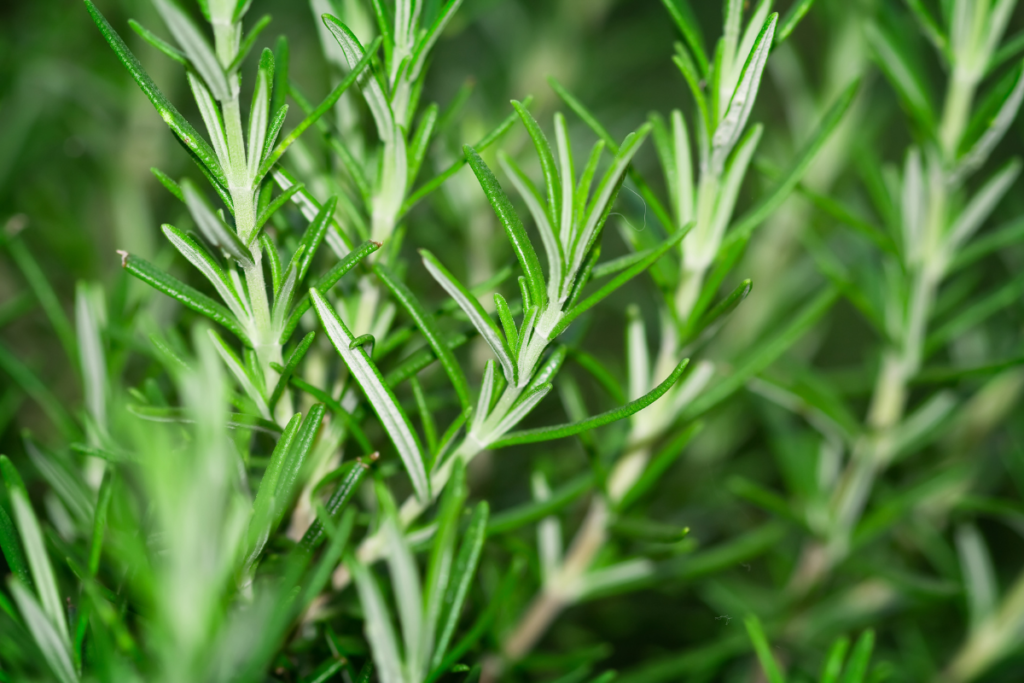
The name translates to ‘Dew of the Sea’ and refers to a Mediterranean fragrant herb known for its unique scent and its ancient medicinal and culinary uses. It contains high levels of alpha pinene, from which it gets its anti-inflammatory, antiseptic, expectorant and bronchodilator properties.
Used either topically or internally, rosemary essential oil should be diluted to enjoy its stimulating and health boosting properties.
Spikenard essential oil
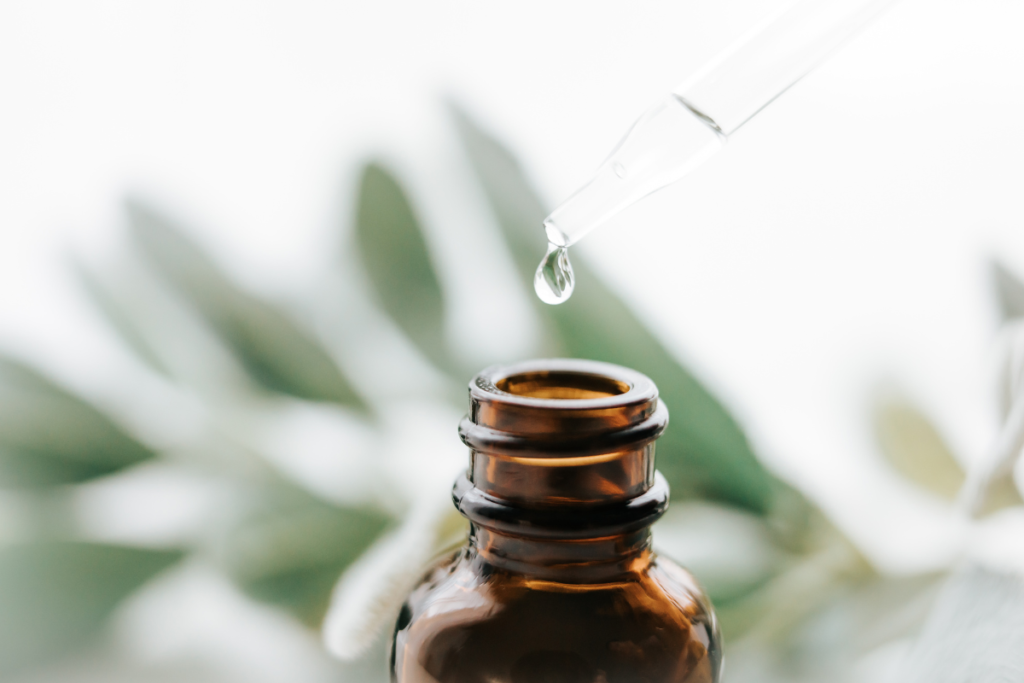
Also called nard or muskroot, spikenard essential oil comes from the flowering Nardostachys jatamansi botanical that belongs to the Valerian family and is native to the Himalayas of Nepal, China and India. It contains beta pinene.
Research shows that the oil, which can be used aromatically, topically and internally, presents antimicrobial, antifungal, hypotensive, antiarrhythmic and anticonvulsant activity. With positive effects in the natural treatment of insomnia, stress, digestive problems and infections, it was regarded as one of the most precious oils in ancient times, and was popular in Ayurvedic medicine.
Yarrow essential oil
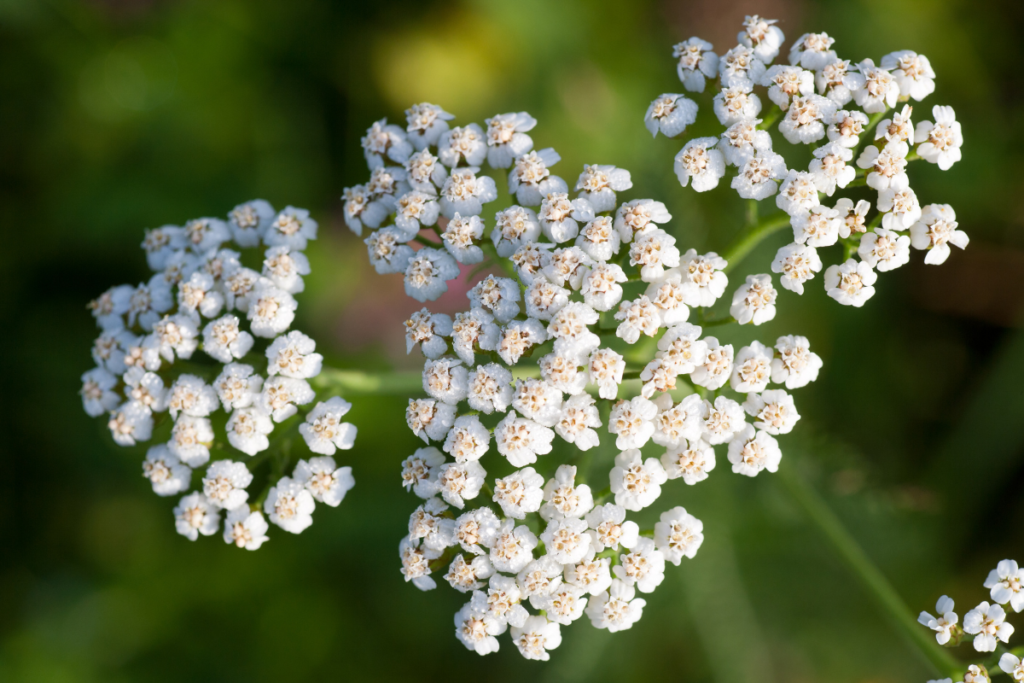
Yarrow is a flower in the sunflower family with quite a few therapeutic uses in folk and conventional medicine.
Alpha and beta pinene are amongst the main components in yarrow essential oil. It’s been used around the world since ancient times to reduce inflammation, treat skin wounds, diseases, burns, and relieve anxiety and insomnia. It also supports the digestive and urinary systems and helps fight infections in reproductive organs.
It’s also effective in the natural treatment of mastitis. It’s generally safe to use internally in small amounts, under medical supervision. However, in large amounts it can be toxic due to its thujone content. For topical use, it should be diluted with carrier oil as it may cause irritation in some skin types.
Parsley essential oil
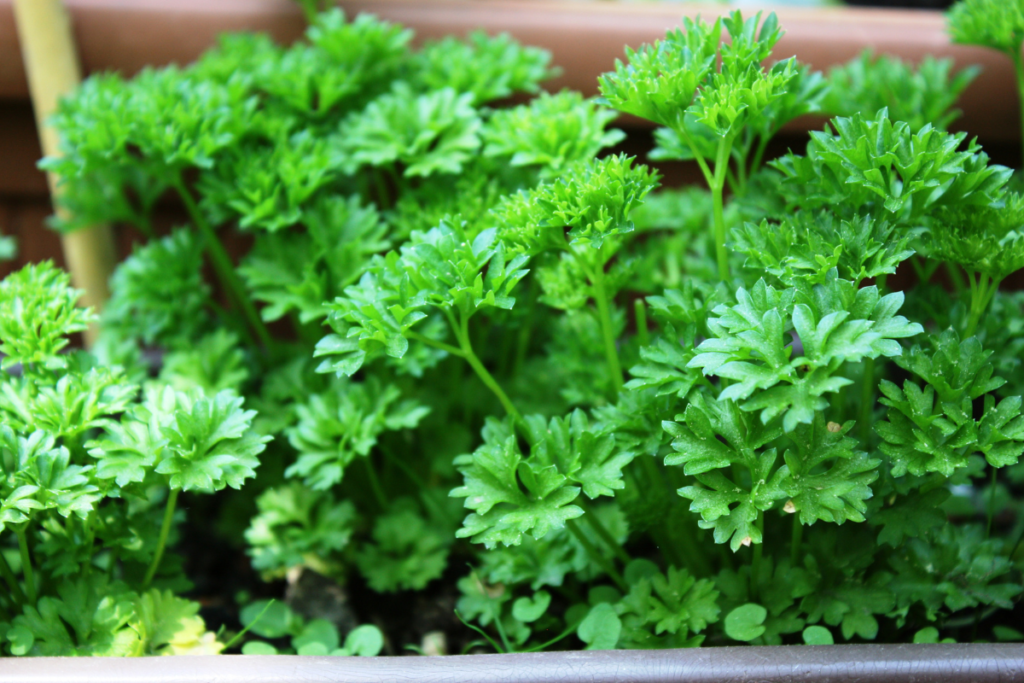
The essential oil from the seeds of garden parsley, or Petroselinum crispum botanical, contains both alpha and beta pinene.
Parsley seed essential oil has been used for centuries in folk medicine for its diuretic, antiseptic and anti-inflammatory properties. It’s also one of my favorite smells!
Wild orange essential oil
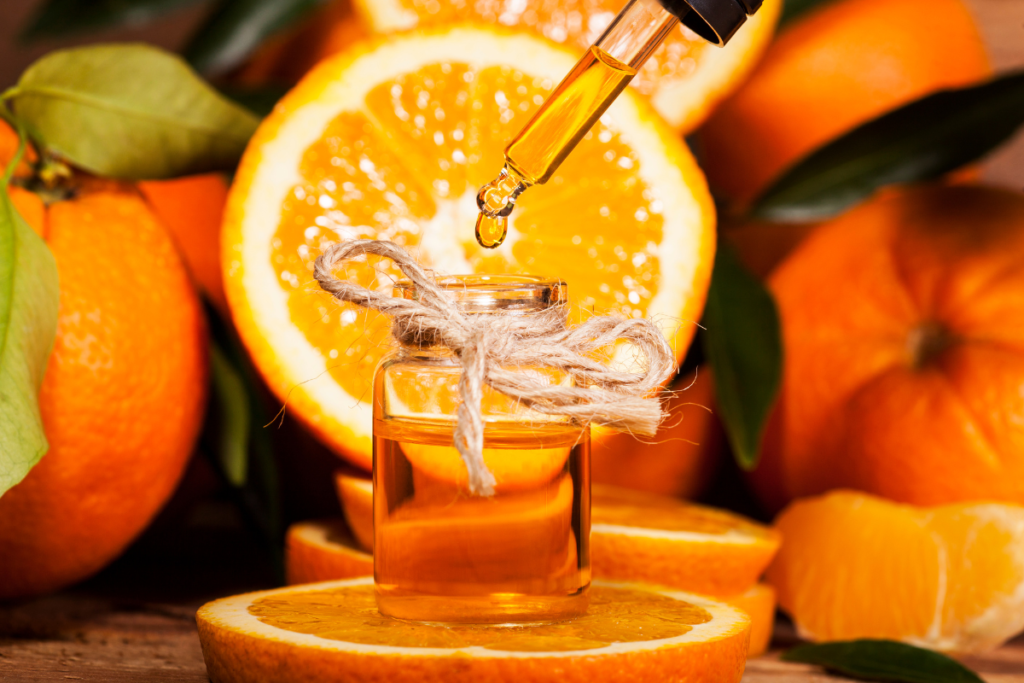
Although its main component is limonene, the sweet orange oil (also known as wild orange oil) extracted from the Citrus sinensis plant contains alpha pinene which transfers its anti-inflammatory and antiseptic properties.
With abundant medicinal uses, it can be used aromatically, topically or internally, only when using a high quality, organic, therapeutic grade product.
Lime essential oil
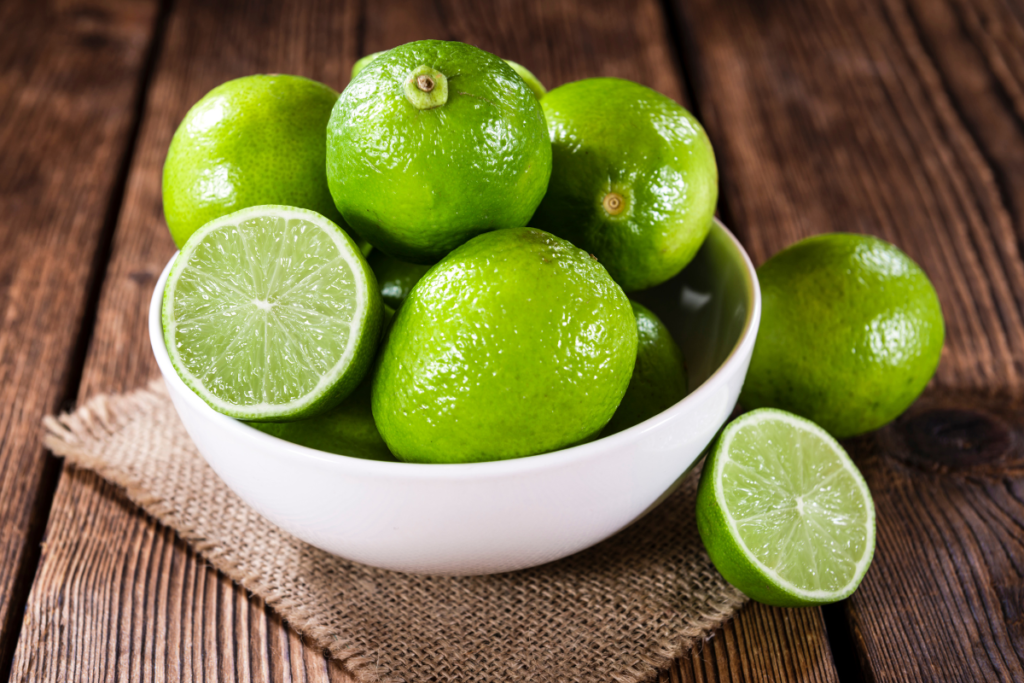
A great supporter of your overall well being, lime oil contains beta pinene which helps relieve pain, promote mental alertness, open airways and reduce anxiety.
It can be diffused, used topically or internally, only when diluted and with pure, therapeutic grade products.
Lemon essential oil
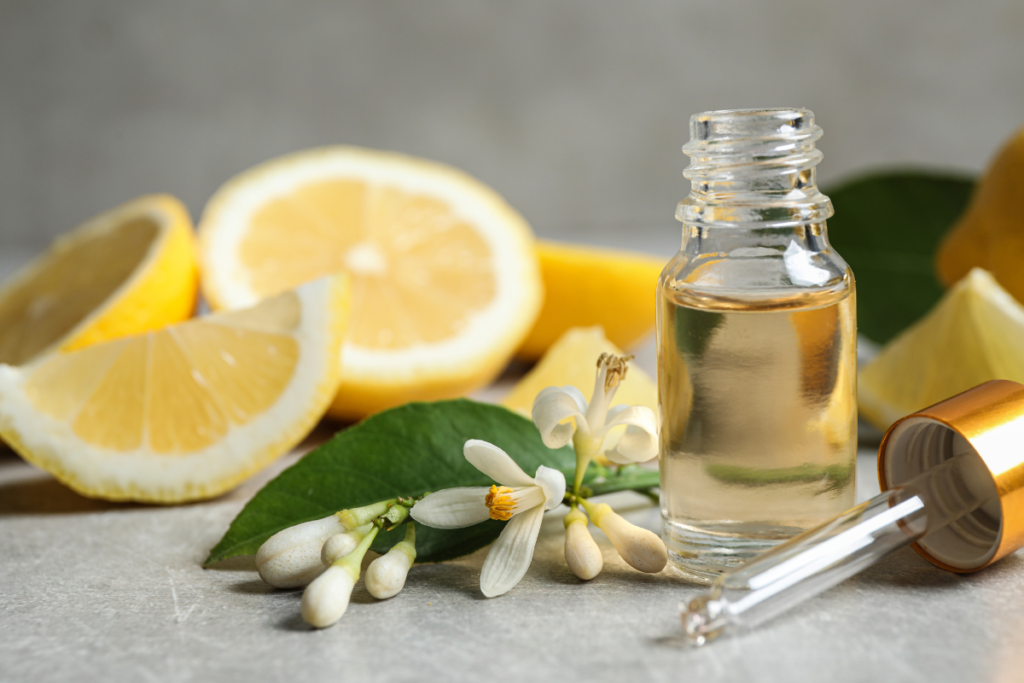
Containing alpha and beta pinene, lemon oil has been named ‘Liquid Sunshine’ for its color and invigorating scent, and is one of the most powerful antimicrobial agents among all essential oils.
Diffused, used topically or internally (always diluted) it can boost energy and metabolism and enhance moods.
Lavender essential oil
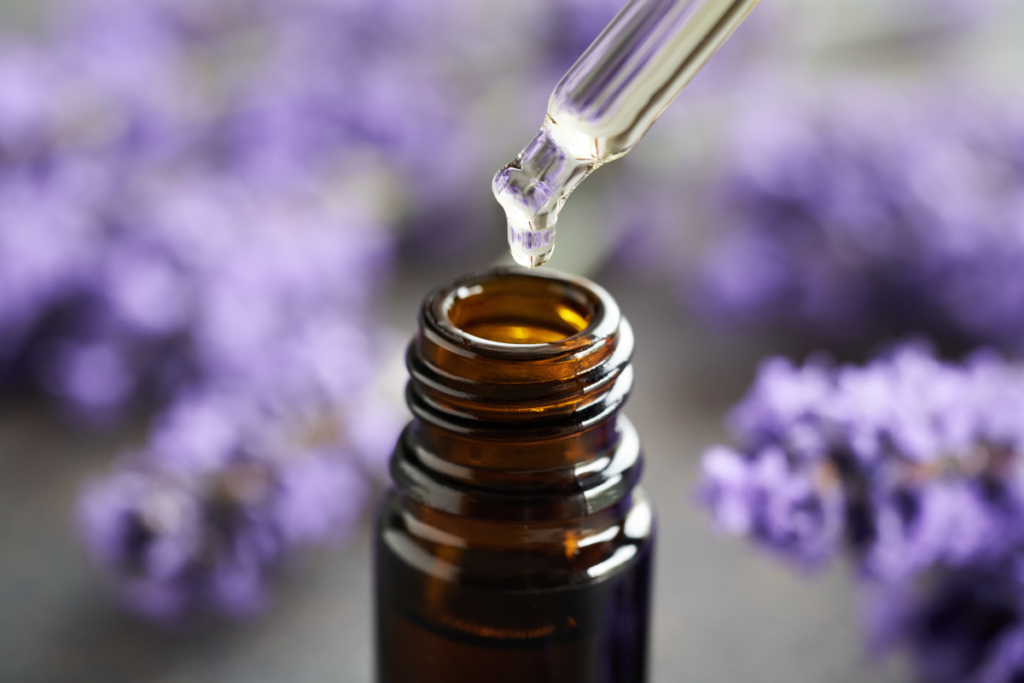
Possibly the most used essential oil in the world for the calming properties that lavender oil presents. With alpha pinene as one of its active components, the oil has been used topically and internally for over 2,500 years. It’s mostly used as a powerful antioxidant, antimicrobial, sedative and antidepressant agent.
Frequently Asked Questions
What plants contain alpha pinene?
Alpha pinene is the most widely available terpene in nature. Like other monoterpenes, it’s prominent in the essential oils of conifers, citrus and non-citrus fruits, and other aromatic dietary plants.
Alpha-pinene is one of the main constituents found in the resin of conifers, such as longleaf and caribbean pines and cedar, non-cone-bearing trees like eucalyptus. Aromatic plants including rosemary, mint, holy basil, parsley, hops, dill, oranges, grapefruit and guava also contain pinene.
What does pinene smell like?
Both types of pinene (alpha and beta) are great additions to household cleaners, food flavorings and fragrances because of their strong and distinct scents. But while they share the same plant source and have similar characteristics, there are unmistakable differences in their aromas.
Alpha pinene is easy to identify. Simply think of an evergreen forest and that is precisely its unique fresh and earthy aromatic profile. Beta pinene, on the other hand, has a more woody and spicy odor, closer to dill, parsley, basil or hops.
How is pinene extracted?
Pinene is mostly extracted from the pine nuts and needles produced by pine trees with a method that includes drying, grinding, and adding alcohol to obtain turpentine. Pinene is then obtained by fractional distillation. It can also be extracted from the peels of lemon, lime and other citrus fruits.
